Competition in Modern Markets
Emily Willis

Photo: Competition in Modern Markets
Modern markets are dynamic arenas where businesses vie for the attention, loyalty, and spending power of consumers. In today's interconnected world, competition is not just a factor; it's a fundamental force shaping every aspect of commerce. Understanding its nuances and developing strategies to thrive within it is paramount for any business, regardless of size or industry. This article delves into the multifaceted nature of competition in modern markets, offering insights and actionable strategies for navigating its complexities and achieving sustainable growth.
The Evolving Landscape of Market Competition
The competitive environment has undergone a profound transformation over the past few decades. Gone are the days when competition was primarily local or limited to a handful of known rivals. Today, the competitive landscape is characterized by global reach, rapid technological advancements, and ever-shifting consumer expectations.
Globalization and Digitalization: A Borderless Battlefield
The advent of the internet and advancements in logistics have effectively erased geographical boundaries for many businesses. Consumers can now access products and services from virtually anywhere in the world, intensifying market competition. This globalization means that a local bakery might not just compete with another bakery down the street, but also with an online gourmet food delivery service based thousands of miles away.
Digitalization further amplifies this effect. E-commerce platforms, social media, and digital marketing tools have lowered barriers to entry for new businesses, making it easier for startups to challenge established players. This creates a vibrant, yet often ruthless, competitive landscape where speed and digital presence are critical.
Rapid Innovation and Disruptive Technologies
Innovation is no longer a luxury but a necessity for survival in modern markets. Technologies like artificial intelligence (AI), blockchain, virtual reality (VR), and advanced data analytics are not only optimizing existing processes but also creating entirely new industries and business models. Companies that fail to innovate risk being left behind by disruptive technologies that can fundamentally alter consumer behavior and market structures. Think of how streaming services disrupted traditional cable television or how ride-sharing apps transformed urban transportation. Staying ahead requires continuous investment in research and development, and a culture that embraces change.
Shifting Consumer Expectations
Today's consumers are more informed, empowered, and demanding than ever before. They expect personalized experiences, instant gratification, transparent pricing, and ethical business practices. Their purchasing decisions are influenced not just by price and quality, but also by a brand's values, social responsibility, and the overall customer experience. Businesses must understand these evolving expectations and adapt their strategies to meet them, or risk losing market share to more agile competitors. Building strong brand loyalty is increasingly challenging but remains a cornerstone of long-term success.
Deconstructing the Competitive Landscape: Tools and Analysis
To successfully navigate competition in modern markets, businesses must first understand who their competitors are, what they offer, and what makes them successful. This involves strategic analysis and continuous monitoring.
Understanding Your Rivals: Beyond Direct Competitors
While it's easy to identify direct competitors offering similar products or services, a comprehensive analysis extends beyond this. Consider:
- Direct Competitors: Businesses offering identical or very similar products/services to the same target audience (e.g., Coca-Cola vs. Pepsi).
- Indirect Competitors: Businesses offering different products/services that satisfy the same customer need (e.g., a cinema vs. a streaming service; a restaurant vs. a meal kit delivery).
- Potential Entrants: New companies or startups that could enter your market and disrupt the status quo.
- Substitute Products/Services: Alternatives that customers might choose instead of your offering (e.g., public transport instead of owning a car).
Leveraging Market Research and Data Analytics
In-depth market research is crucial for gaining insights into the competitive environment. This includes analyzing competitor pricing strategies, marketing campaigns, product features, and customer reviews. Data analytics plays a pivotal role here, allowing businesses to:
- Identify Market Gaps: Discover underserved customer needs or market segments where competition is less intense.
- Predict Market Trends: Anticipate shifts in consumer preferences or technological advancements.
- Benchmark Performance: Compare your business's performance against industry leaders.
- Understand Customer Behavior: Gain deep insights into what drives purchasing decisions and customer loyalty.
By systematically gathering and analyzing data, businesses can make informed decisions and develop proactive strategies to gain a competitive advantage.
Strategies for Thriving in Competitive Markets
Survival in competitive markets is not about avoiding competition, but about embracing it and developing robust strategies to stand out. Here are several key approaches:
1. Differentiate Through Innovation and Un
Latest ✨
View AllUnlock business success! Learn why User Experience (UX) is crucial for boosting customer loyalty, impacting your bottom line, and strengthening your brand.
Emily Willis
Découvrez comment trouver une assurance auto pas chère sans sacrifier la qualité. Notre guide 2025 vous offre astuces, comparatifs et conseils d'experts pour économiser intelligemment.
Emily Willis
issue of bullying in schools, its impact on children's well-being and learning, and effective strategies to create a culture of respect and safety within schools. It explains the different types of bullying, signs to look out for, and ways to intervene early. It emphasizes the importance of clear anti-bullying policies, open communication, bystander intervention training, and social-emotional learning programs.
Emily Willis
Modern HR is key to business success. Explore best practices for cultivating an engaged, thriving workforce that drives innovation & profitability.
Emily Willis
Business
View All
June 9, 2025
Emerging Technologies: Stay AheadUnlock the power of emerging tech like AI & Blockchain. Learn to adapt & thrive in a rapidly changing world with this essential guide.
Emily Willis
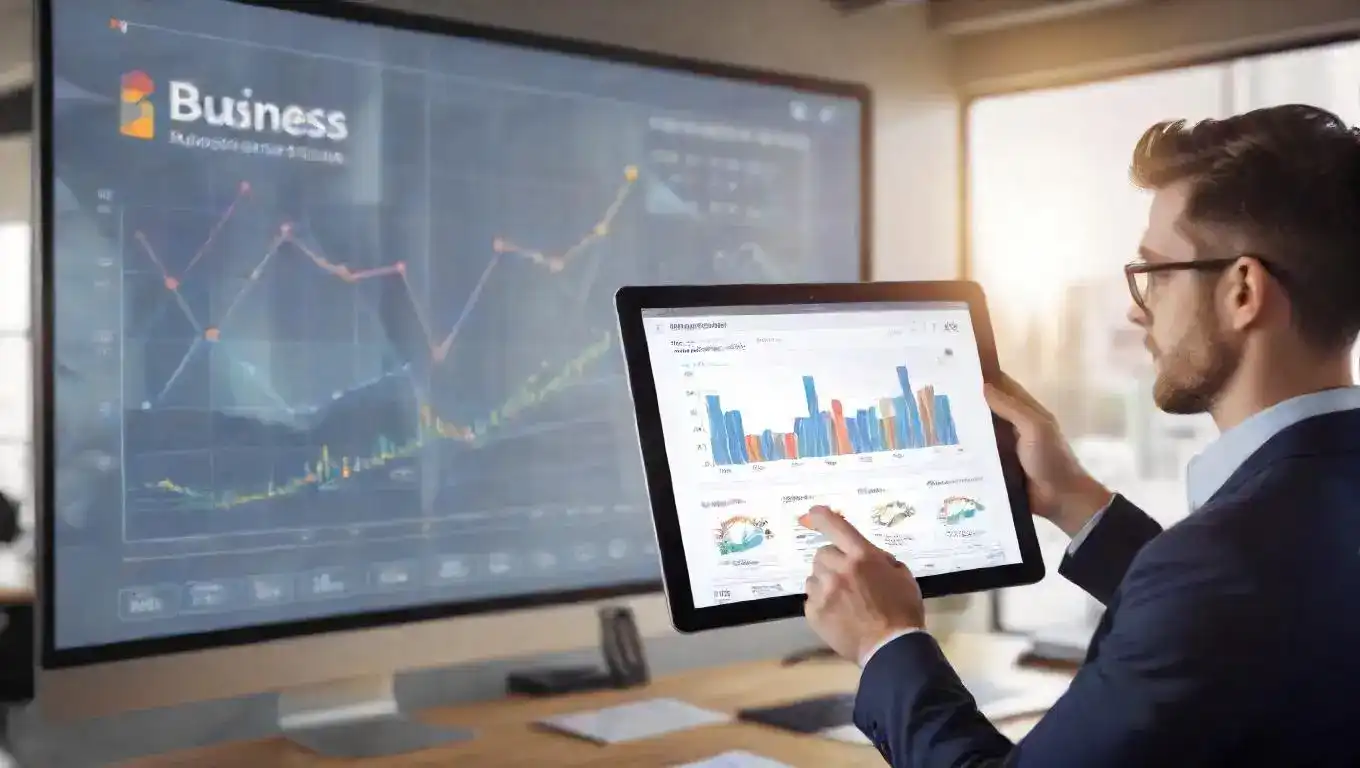
August 5, 2024
Tips for Finding the Right and Profitable Business Ideasteps to finding a profitable business idea, including understanding your passions and skills, solving problems, conducting market research, finding a niche, leveraging your network, brainstorming, testing and validating your idea, staying updated on trends, evaluating market potential, validating your idea with customers, evaluating financial viability, protecting intellectual property, seeking guidance and support, and being prepared to adapt and evolve.
Emily Willis
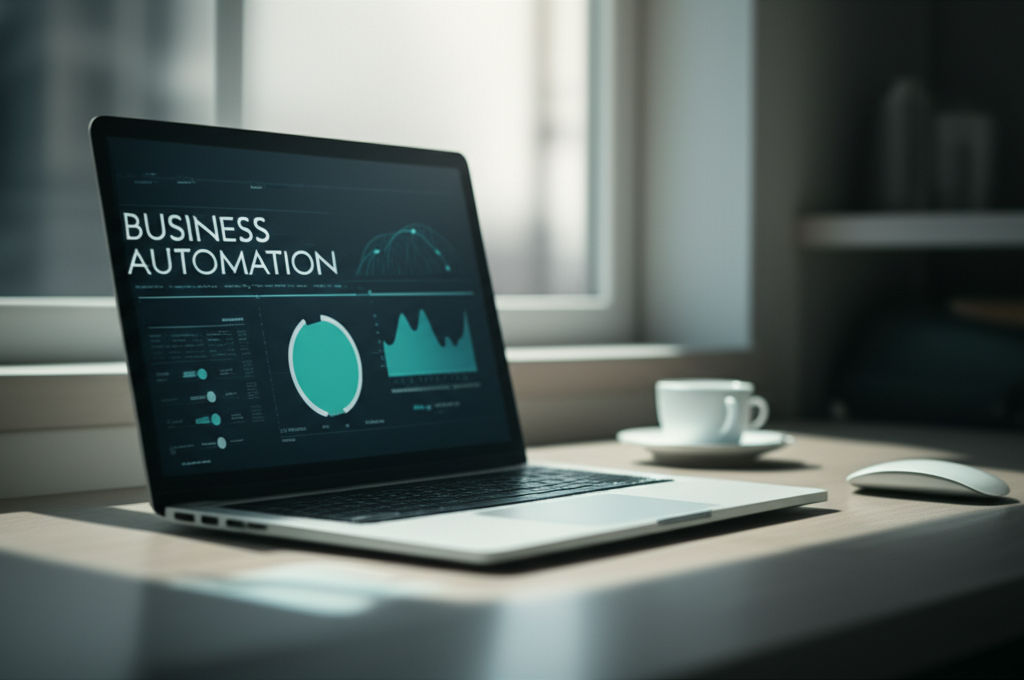
June 9, 2025
Business Automation Saves TimeReclaim your time! Discover how business automation eliminates repetitive tasks, boosts productivity, and drives growth for your business.
Emily Willis
Economy
View AllDemystify interest rates! Learn how they impact your loans, savings & wealth, and make smarter financial decisions in a changing economy.
Read MoreUnlock the power of capital markets! Learn how these vital financial ecosystems drive economic growth & business expansion by connecting capital to innovation.
Read MoreExplore oligopoly: where few powerful firms dominate markets. Learn their strategic interdependence, high barriers to entry, and profound impact on major indust...
Read MoreEntertainment
View All
August 4, 2024
The Latest Music Trends, Artists Influencing Pop Culture, and How Digital Platforms Facilitate the Distribution of Music GloballyThe music industry is constantly changing due to consumer preferences, technology, and the influence of artists. Digital platforms have revolutionized music creation, distribution, and consumption, leading to genre fusion, the rise of independent artists, and collaborative projects. Influential artists like Billie Eilish, BTS, and Taylor Swift have shaped pop culture globally. Streaming services, social media, and direct-to-fan engagement have transformed music distribution. Digital platforms also promote cultural diversity and inclusivity, expand markets and revenue, and drive technological advancements. The industry is also focusing on sustainability and ethical practices. To succeed in the future, stakeholders must embrace digital transformation and champion inclusivity.
Emily Willis

August 5, 2024
Fandom's Power: Passionate Communities and Cultural ImpactFandoms are dedicated groups of fans who come together around a shared love for a book series, movie franchise, or other interest. They provide a sense of belonging and community for individuals, particularly those who may feel like outsiders in their everyday lives.
Emily Willis

August 5, 2024
Arts Education's Importance: Nurturing Creativity and Fostering ExpressionArts education is often overlooked in a world focused on standardized tests and STEM subjects, but it plays a vital role in nurturing creativity, self-expression, and essential skills in students. Arts education allows students to unleash creativity, build confidence, improve communication and collaboration skills, develop critical thinking and problem-solving abilities, increase cultural awareness and appreciation, and enhance emotional intelligence.
Emily Willis
Health
View Allsleep for physical and mental well-being, discussing the benefits of sleep such as physical restoration, brain function, emotional regulation, concentration, and reduced risk of chronic diseases. It explains the different stages of the sleep cycle and provides guidelines for how much sleep individuals of different ages need.
Emily Willis
our minds are often overwhelmed with information and stimuli, leading to stress and anxiety. Mindfulness and meditation offer tools to cultivate inner peace and well-being. Mindfulness involves being present in the moment without judgment, while meditation involves focusing attention on an object or thought.
Emily Willis
Heart disease is a leading cause of death globally, but early detection and prevention strategies can reduce its impact. This article discusses the importance of early detection, common risk factors, preventive measures, and lifestyle changes for heart health. Understanding heart disease, recognizing symptoms, and undergoing regular screenings are crucial. Common risk factors include high blood pressure, high cholesterol, diabetes, smoking, obesity, physical inactivity, and family history. Symptoms of heart disease include chest pain, shortness of breath, fatigue, irregular heartbeat, and swelling. Diagnostic tests and screenings include blood pressure measurement, cholesterol screening, blood glucose test, ECG, stress test, and imaging tests. Preventive measures include adopting a heart-healthy diet, regular physical activity, quitting smoking, managing stress, maintaining a healthy weight, and limiting alcohol consumption. Medications and treatment options may be necessary for individuals at high risk or diagnosed with heart disease.
Emily Willis
Trending 🔥
View All
1
2
3
4
5
6
7
8
9
10
Sports
View AllAugust 4, 2024
Sports Technology Innovation: Revolutionizing Training and Performance Analysis
Read MoreAugust 5, 2024
Sportsmanship in the Spotlight: Cultivating Respect, Integrity, and Ethical Behavior
Read MoreTechnology
View All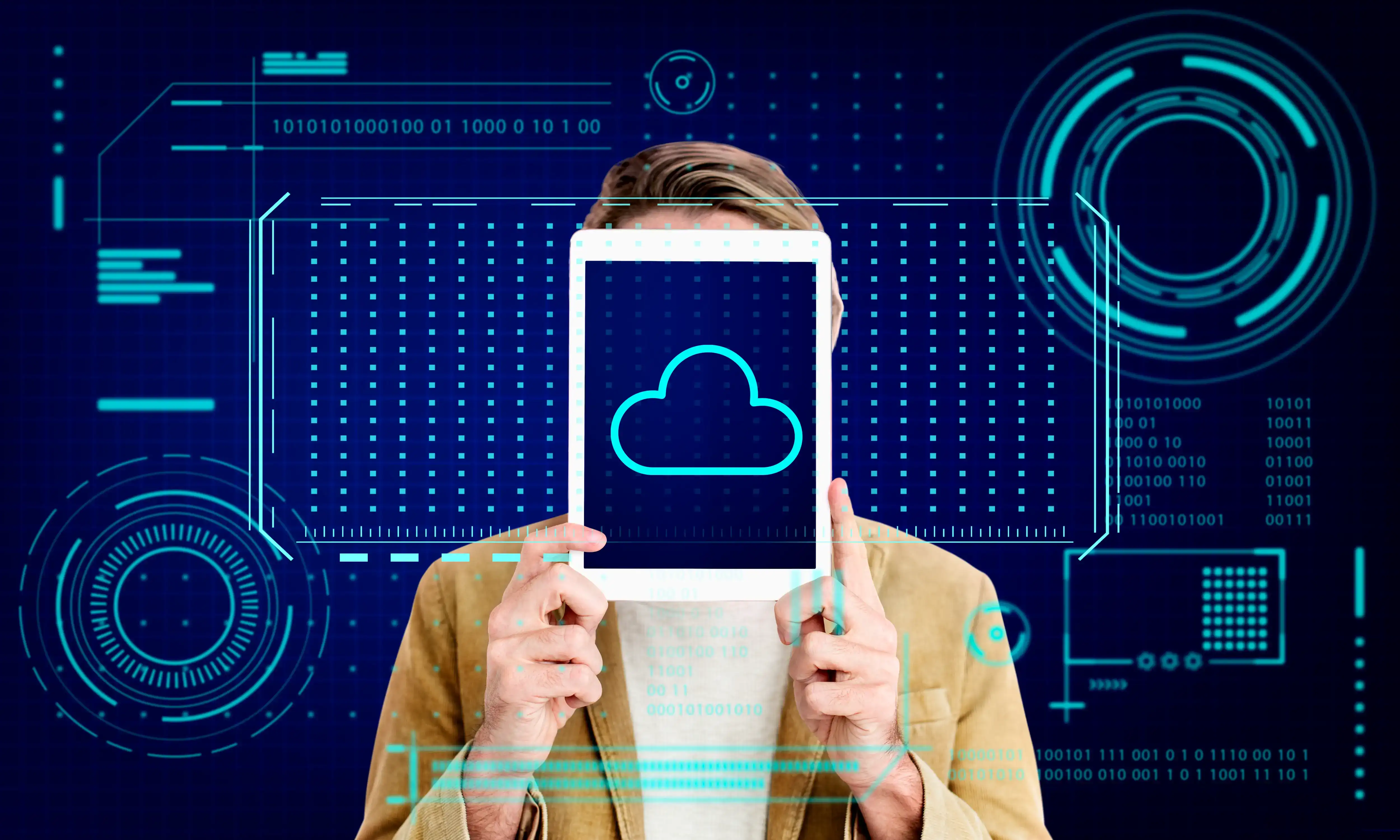
August 5, 2024
Tips for Implementing Cloud Computing Safely and Efficiently
Cloud computing is essential for modern businesses, offering cost savings, scalability, and improved collaboration. Implementing cloud computing requires careful planning to ensure safety and efficiency. Tips for safe and efficient implementation include conducting a needs assessment, choosing the right cloud service model, prioritizing security, planning for data migration, optimizing costs, training your team, implementing backup and recovery solutions, monitoring performance, planning for scalability, and staying updated with industry trends.
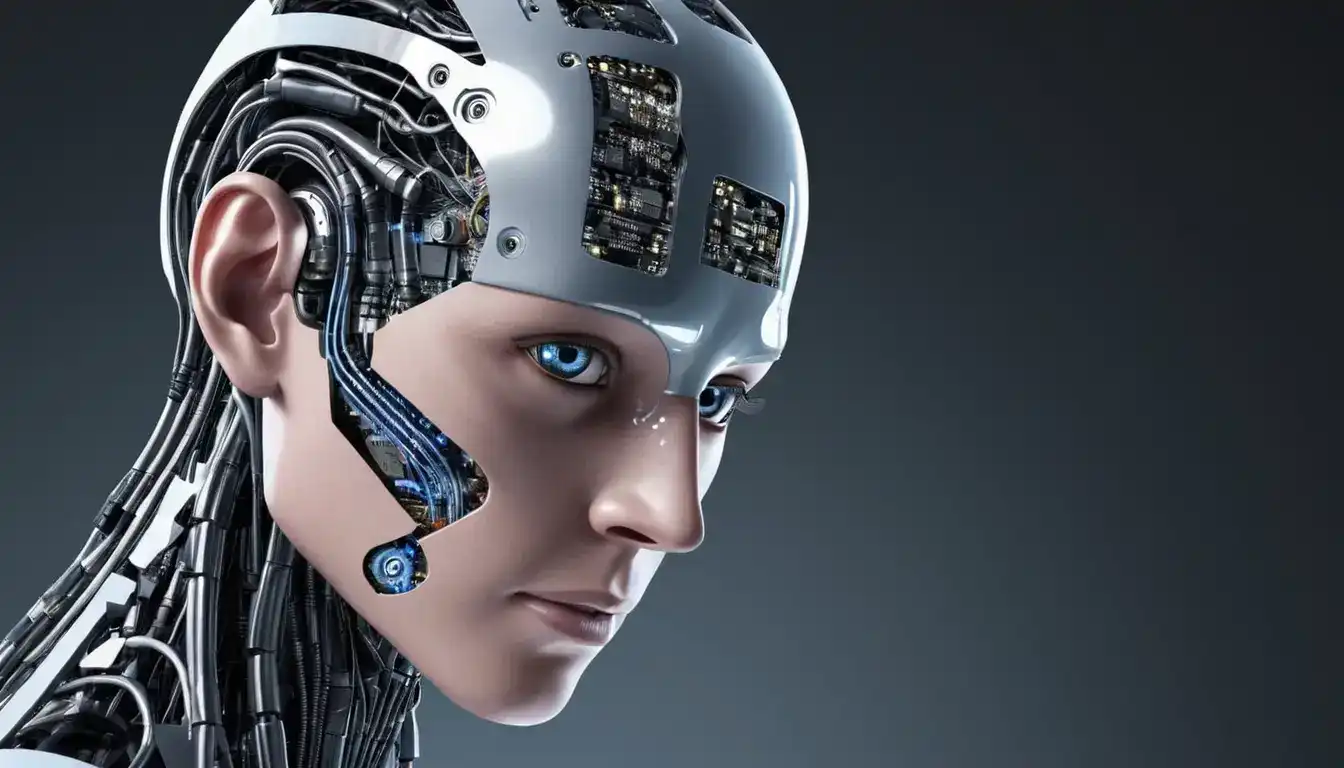
August 4, 2024
The Future of Artificial Intelligence: Opportunities and Challenges
opportunities and challenges presented by Artificial Intelligence (AI) in various sectors such as efficiency, customer experiences, healthcare, education, and economic growth. It highlights the need to address ethical considerations, job displacement, privacy issues, security risks, and regulatory challenges associated with AI.
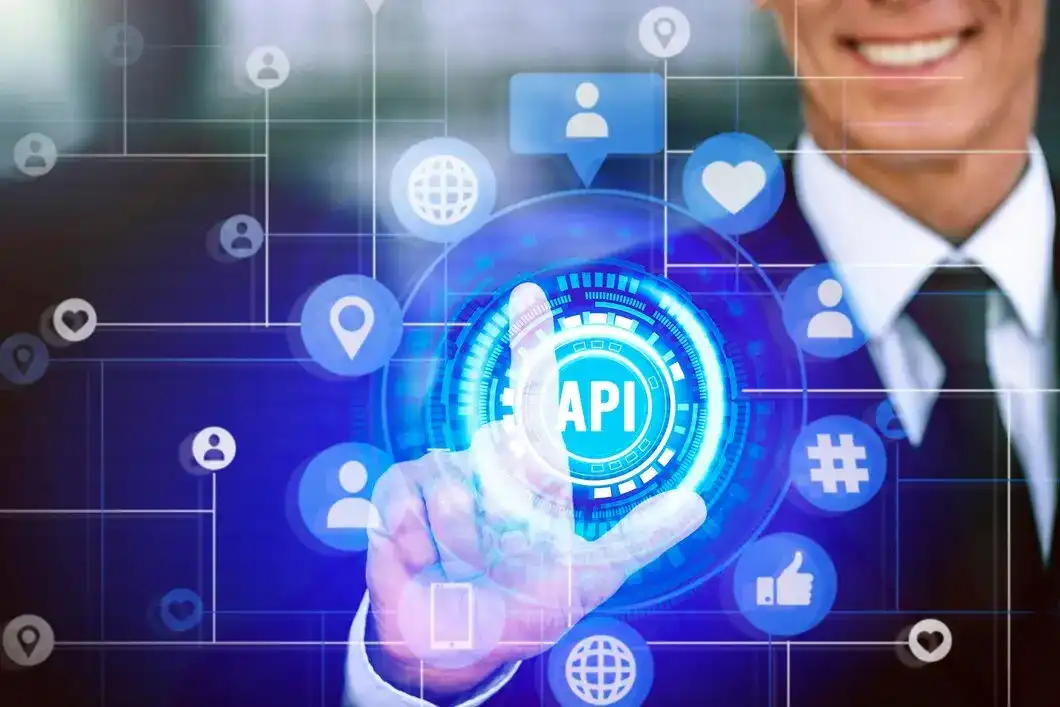
August 5, 2024
What is Blockchain and How does it Work?
Blockchain technology is a decentralized digital ledger that records transactions securely and transparently across multiple computers. Key concepts include decentralization, cryptographic security, and consensus mechanisms. Transactions are verified, grouped into blocks, and added to the blockchain through a consensus process.

August 5, 2024
How IoT is Changing the Way We Live and Work
The Internet of Things (IoT) is revolutionizing daily life and professional environments by connecting devices to the internet, allowing for communication, data collection, and autonomous task performance. IoT is transforming homes, workplaces, healthcare, and transportation by enhancing convenience, efficiency, and safety.





















